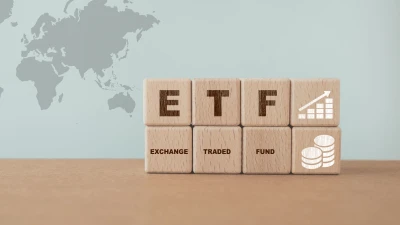Green revenues soar and get their own index



Global index and data provider, FTSE Russell, has launched a data model to track the accelerating world investment in to the ‘green economy'.
The firm said it would measure green revenues from 13,400 public companies, which represented 98.5 per cent of the total global market capitalisation.
Over 2,400 public companies were already generating green revenue, from one or more of the 60 green industries, the firm said.
Nearly $2.9 trillion of the FTSE Global Equity Index Series (FTSE GEIS) was derived from green revenue, compared to the $3.5 trillion from emerging markets.
The company said it launched the green revenues index series so investors could capture managed exposures to companies that were transitioning to a green model on a country, regional or global basis.
This measure signified the first complete picture of the scale and velocity of the structural shift to a green economy across public companies, FTSE Russell said.
FTSE Russell chief executive, Mark Makepeace, said: "We identified a significant gap in the ability of portfolio managers to track exposure to the increasing shift towards green economy".
"We calculate that the green opportunity is equitable in seize to emerging markets and the launch of our green revenue data model provides the missing piece for investors," Makepeace said.
For the first time, investors would have a framework to capture the entire picture of their green revenue exposure, he added.
Recommended for you
VanEck is expanding its fixed income range with a new ETF this week to complement its existing subordinated debt strategy which has received $1 billion in inflows this year.
Specialist global equities manager Nanuk has celebrated 10 years of its flagship New World Fund and is actively considering its next possible vehicle.
Australian equities manager Datt Capital has built a retail-friendly version of its small-cap strategy for advisers, previously only available for wholesale investors.
The dominance of passive funds is having a knock-on effect on Australia’s M&A environment by creating a less responsive shareholder base, according to law firm Minter Ellison.











